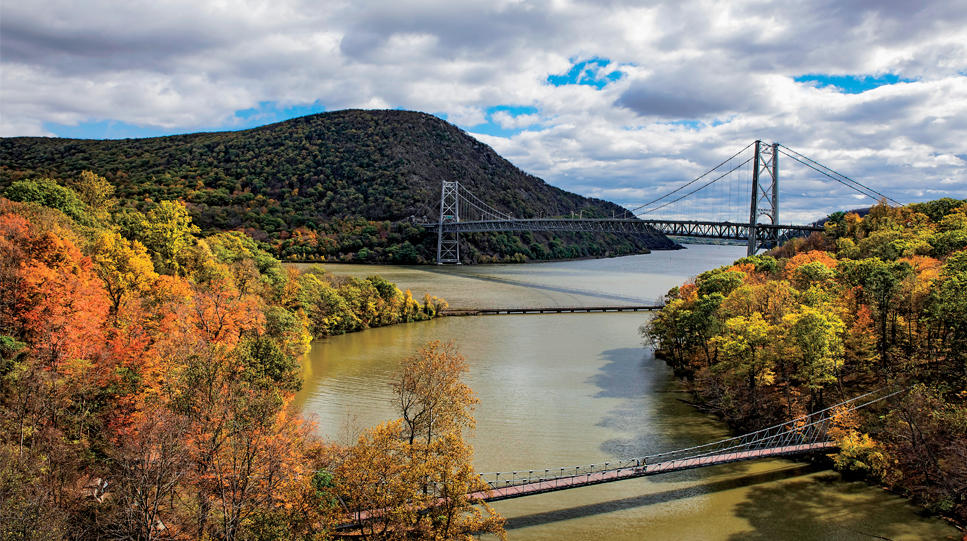As Americans take more and more prescription drugs, scientists say that a new environmental threat is emerging: discarded pharmaceuticals are beginning to contaminate our rivers, ponds, and lakes.
Now a study conducted by a team of researchers that includes Andrew Juhl, an aquatic biologist at Columbia’s Lamont-Doherty Earth Observatory, has detected sixteen commonly prescribed medications at multiple sites along a 155-mile stretch of the Hudson River. The researchers discovered significant levels of drugs — among them antibiotics, pain relievers, and drugs for treating high blood pressure, high cholesterol, epilepsy, ulcers, and heartburn — at all seventy-two locations where they took samples, with an average of about eight different medications found in each spot.
“Some levels are high enough that you could be concerned about the effects on fish and other aquatic organisms,” says Juhl, whose collaborators on the project include scientists from the EPA, Queens College, and the environmental group Riverkeeper.
Pharmaceuticals can enter waterways, experts say, both as a result of people dumping unused pills down their drains and as a result of them excreting unmetabolized pills they’ve taken. Because drug molecules are not removed by water-treatment systems, they get pumped out with recycled water.
Juhl and his colleagues found the highest concentrations of drugs not near New York City, as one might expect, but rather near the sewage outfalls of several upstate municipalities, including Orangetown, Kingston, Troy, and Albany. They suspect this is because pollutants in New York Harbor may get diluted by the ocean’s tides.
Juhl hopes that his study will prompt other scientists to investigate the effects of pharmaceutical pollution on wildlife.
“Now we have a baseline for conducting toxicological studies that look at how particular species of fish could be affected,” he says.



